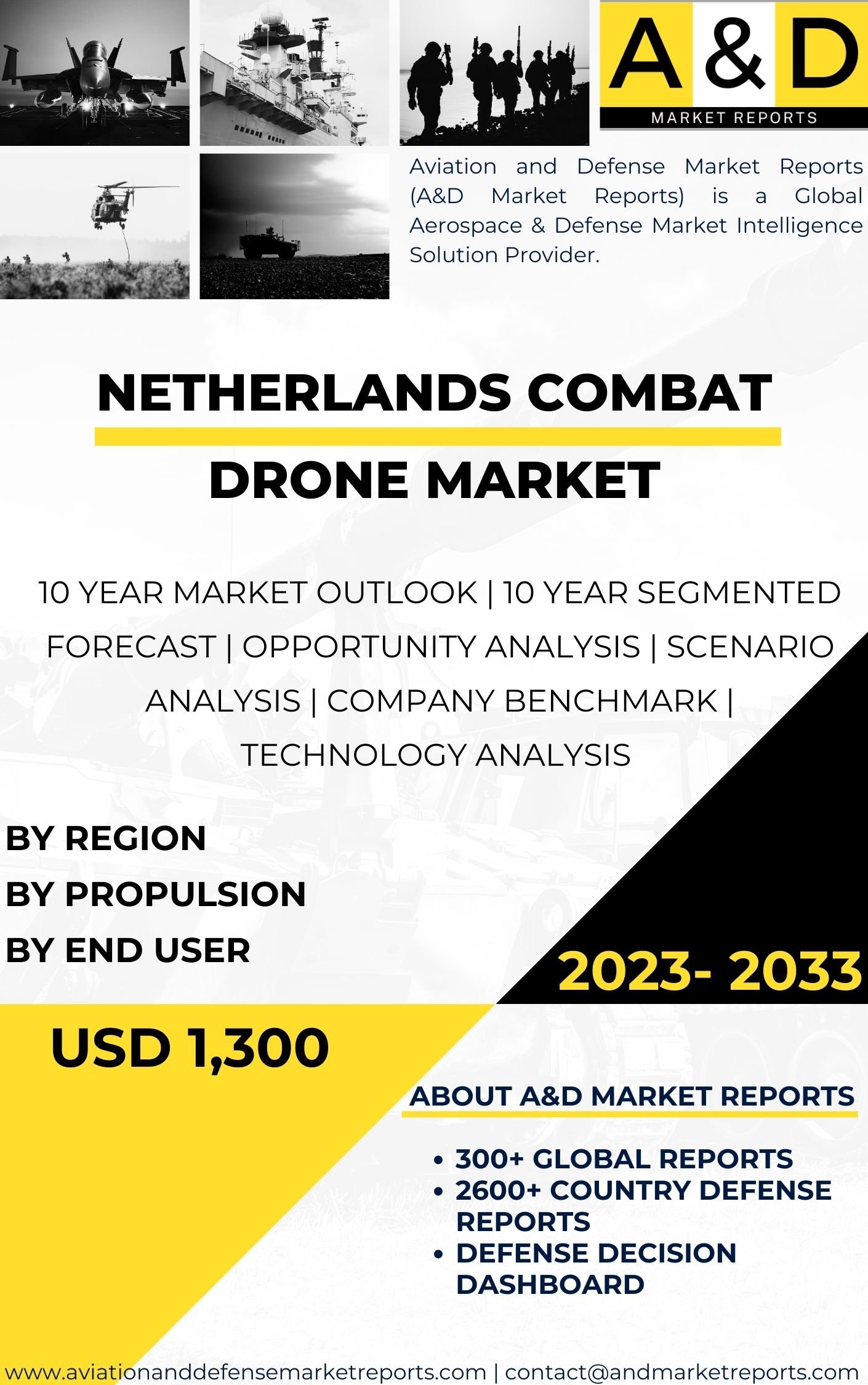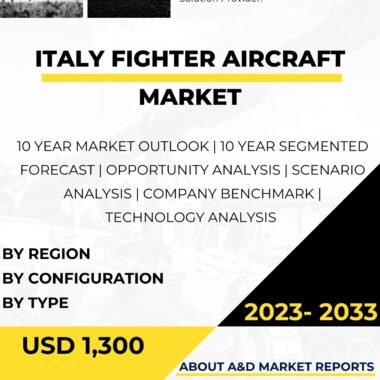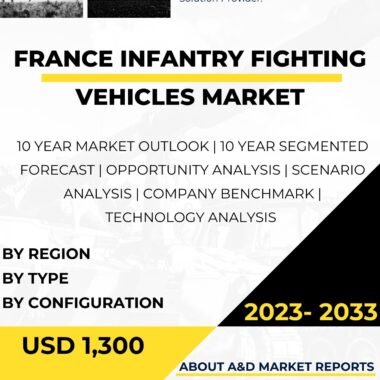Description
The Netherlands Combat Drone market has witnessed remarkable growth and innovation in recent years, reflecting the country’s commitment to strengthening its defense capabilities and embracing cutting-edge technologies. Combat drones, also known as Unmanned Aerial Vehicles (UAVs), have become pivotal assets in modern warfare, providing enhanced situational awareness, intelligence gathering, and precision strike capabilities. As a technologically advanced and strategically located nation, the Netherlands has recognized the potential of combat drones to address a wide range of defense and security challenges.
The rapid evolution of drone technology has revolutionized the way modern militaries conduct operations, and the Netherlands has been at the forefront of adopting and developing combat drones to meet its defense needs. The country’s defense sector has witnessed substantial investments and collaborations with research institutions and private companies, fostering the indigenous development of advanced drone systems. These efforts have led to the creation of sophisticated UAV platforms that cater to various mission requirements, including reconnaissance, surveillance, target acquisition, and even combat operations.
The Dutch Armed Forces have been actively integrating combat drones into their operational doctrine to enhance their capabilities across the land, air, and maritime domains. With a focus on interoperability, these UAVs work in synergy with existing military assets, such as fighter aircraft, ground forces, and naval vessels, to create a comprehensive and networked defense architecture. The ability to operate drones remotely also reduces risks to human personnel, making them valuable assets in areas where deploying manned aircraft or soldiers might be hazardous.
One of the primary applications of combat drones in the Netherlands is intelligence, surveillance, and reconnaissance (ISR). Equipped with high-resolution cameras, infrared sensors, and other advanced payloads, these UAVs gather real-time intelligence and provide valuable data for situational awareness and decision-making. Such capabilities are invaluable in monitoring national borders, countering illicit activities, and supporting humanitarian and disaster relief missions. The Netherlands’ dense network of rivers and coastal areas further underscores the significance of utilizing drones for effective monitoring and response.
The Dutch defense industry has been actively developing and promoting a range of combat drone platforms to cater to diverse military requirements. From fixed-wing drones capable of long-endurance flights to agile and maneuverable rotary-wing UAVs, the Netherlands offers a wide array of drone solutions tailored to specific operational needs. Moreover, the miniaturization of drone technology has led to the development of handheld and backpack-sized drones that provide ground forces with tactical reconnaissance capabilities on the battlefield.
Counterterrorism and counterinsurgency operations have also driven the adoption of combat drones in the Netherlands. Armed UAVs equipped with precision-guided munitions offer the ability to target high-value threats with minimal collateral damage, effectively neutralizing hostile elements while reducing risks to friendly forces. However, the deployment of armed drones also raises ethical and legal concerns, leading the Dutch government to prioritize transparency and adherence to international law in their use.
The Netherlands’ strategic location and its role as a NATO member have further expanded the utility of combat drones in its defense strategy. Participation in international peacekeeping missions and collective defense operations necessitates advanced capabilities to contribute effectively to multinational efforts. The ability to deploy combat drones for intelligence gathering and surveillance allows the Netherlands to bolster situational awareness and share critical information with allies, fostering cooperation and strengthening joint defense initiatives.
Commercial applications of drone technology have also contributed to the growth of the Netherlands Combat Drone market. The country has seen the emergence of numerous innovative startups specializing in drone technology and services, driving advancements in areas such as drone swarms, artificial intelligence, and data analytics. These commercial advancements often find dual-use applications in defense and security, benefiting both sectors and accelerating the pace of innovation.
As the Netherlands continues to invest in and expand its Combat Drone capabilities, it also faces challenges that must be addressed. Ensuring cybersecurity and protecting drone operations from potential cyber threats is crucial, given the increasing reliance on networked and autonomous systems. Additionally, the responsible and ethical use of combat drones, especially armed variants, remains a focal point for the Dutch government to maintain transparency and public support for their utilization.
In conclusion, the Netherlands Combat Drone market is thriving with continuous growth and innovation driven by the nation’s commitment to strengthening its defense posture and embracing advanced technologies. The integration of combat drones into various military operations, from intelligence gathering and surveillance to precision strikes, enhances the Dutch Armed Forces’ effectiveness and adaptability in addressing a wide array of defense and security challenges. As the global drone industry continues to evolve, the Netherlands’ strategic location, collaborations, and domestic developments position it as a key player in shaping the future of combat drone technology both domestically and in international collaborations.




